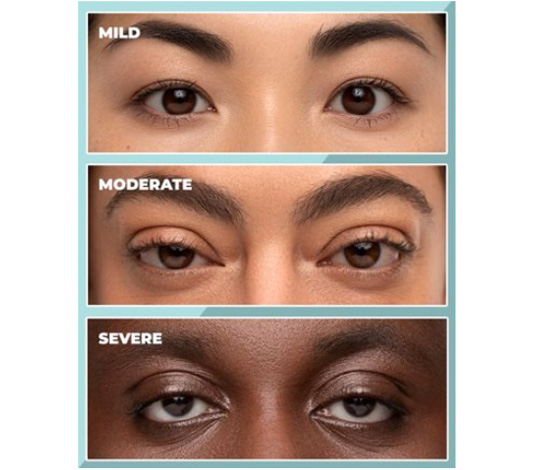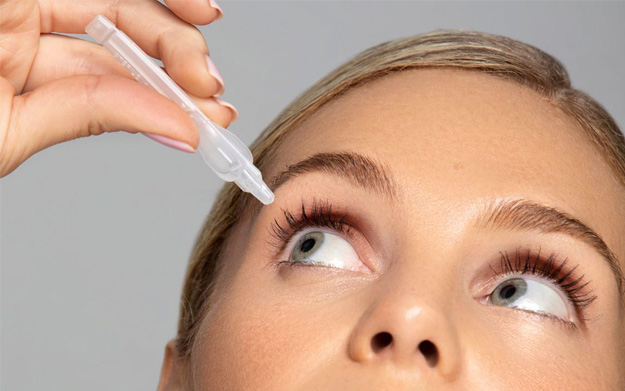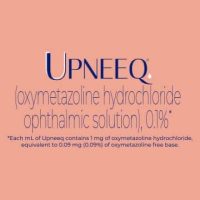UPNEEQ Eye lift Drops
Show Up and stand out with Upneeq®️ (oxymetazoline hydrochloride ophthalmic solution), 0.1%, the once-a-day drop that treats low-lying lids.
Does it ever feel like your upper eyelid is blocking your field of vision? You may have a medical condition called acquired blepharoptosis (also called “low-lying lids”).Are low-lying eyelids making your eyes look a little tired?
You may have acquired ptosis.
Acquired ptosis (low-lying lids) is a common medical condition that:
- Can develop later in life
- Affects adults of all ages, but occurs more often with increased age
- Usually occurs when the muscles in the eyelid stretch and weaken, causing the upper eyelid to droop
- May be caused by other issues, such as cataract surgery, contact lens wear, or an underlying medical condition. It could also be a sign of a more serious medical condition.
Rejuvenations Lehigh Valley is excited to offer Upneeq®️. The first and only FDA-approved pharmacologic treatment for acquired blepharoptosis (droopy eyelid) in adults. Not available without a prescription and not available in regular pharmacies.


What can Upneeq do for you?
Lifts eyelid(s) quickly
- Most patients in clinical trials had a lift in their eyelids in as little as 2 hours
- 84% of patients had some form of improvement
- 74% of patients had more than a 50% improvement
- In one study, some patients saw a lift in their eyelids as fast as 5 minutes after the first dose
Call Rejuvenations today for an appointment and get your prescription and application guidance.
IMPORTANT SAFETY INFORMATION
What is UPNEEQ?
UPNEEQ®️ (oxymetazoline hydrochloride ophthalmic solution), 0.1% is a prescription eyedrop used to treat acquired blepharoptosis (low-lying lids) in adults.

What warnings and precautions are associated with UPNEEQ?
- Low-lying lids may be related to conditions such as stroke and/or brain aneurysm, Horner syndrome, myasthenia gravis, loss of the ability to move eye muscles, eye infection and eye tumors. Tell your doctor if you have any of these conditions.
- UPNEEQ is a type of medication that may affect your blood pressure. If you have heart disease, uncontrolled high or low blood pressure, or feel faint at rest or when quickly standing up, you should call your doctor if your symptoms get worse.
- Patients with reduced blood flow to the brain or heart, or patients who experience eye or mouth dryness due to an immune system disorder (Sjögren’s syndrome), should use care when taking UPNEEQ. Call your doctor immediately if you feel your symptoms may be getting worse.
- UPNEEQ may increase the risk of eye pressure due to fluid buildup (angle-closure glaucoma) in patients with untreated narrow-angle glaucoma. Call your doctor immediately if you feel increased pressure in your eye after using UPNEEQ.
- Do not let the tip of the UPNEEQ vial touch your eye or any other surface. This can help prevent eye injury or contamination. Each UPNEEQ vial is for one-time use and should be discarded after being used.
What are the most common side effects of UPNEEQ?
The most common adverse reactions with UPNEEQ (occurring in 1-5% of patients) were eye inflammation, eye redness, dry eye, blurred vision, eye pain at time of use, eye irritation, and headache.
